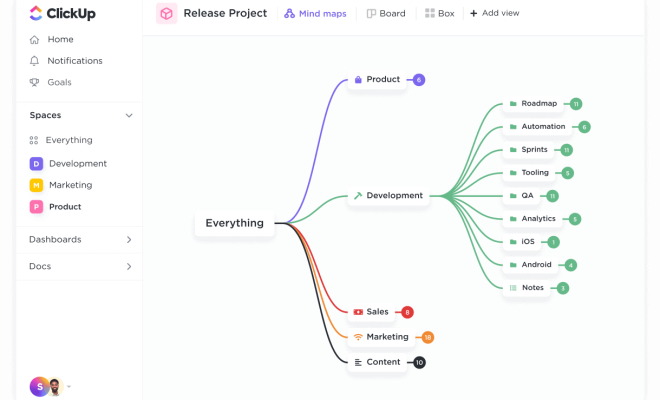What is Network Computing?

Network computing has fundamentally changed the way we work and interact with information. At its core, network computing is the concept of using a group of computers connected through a network to access shared resources and software applications.
In other words, instead of having a single computer do all of the heavy lifting, multiple computers work together to distribute the load and handle tasks more efficiently. This collaborative approach allows for increased capacity and performance, resulting in faster data processing, improved data storage, and better overall productivity.
The term “network computing” has become increasingly popular in recent years due to the development of new technologies that support it. These include cloud computing, virtualization, and remote access technologies. Cloud computing, in particular, has become a popular way to implement network computing as it allows users to access shared resources and applications over the internet, without the need for physical servers or storage devices.
The benefits of network computing are numerous. First and foremost, it allows for better resource utilization, as multiple computers can work together to handle tasks that would be too demanding for a single machine. This can include complex computations, large-scale data analysis, and high-level graphics rendering.
Secondly, network computing can also improve cost-effectiveness. By sharing resources, organizations can significantly reduce the cost of hardware and software, maintenance, and upgrades.
Lastly, network computing provides users with greater flexibility in how and where they work. With cloud-based solutions, for example, users can access data and applications from anywhere, regardless of their location or device type.
In conclusion, network computing has become an integral part of our technological landscape. By enabling sharing and collaboration across multiple devices, network computing has transformed the way we work and interact with information, making it more efficient, cost-effective, and accessible than ever before.






